Where Does Down Come From?
less then 5% of the total value of a bird is down & feather
As an insulation, there is still no other product on the market that provides the warmth-to-weight that down does. Renewable, biodegradable, and recyclable, it's arguably the most effective and environmentally friendly insulation available.
Throughout history, down from various species of wildfowl, gulls, and other seabirds has been used for insulation. Today, however, down is collected from domesticated geese and duck and is a by-product of the food industry.
Total plumage of a goose
300 g OF TOTAL PLUMAGE
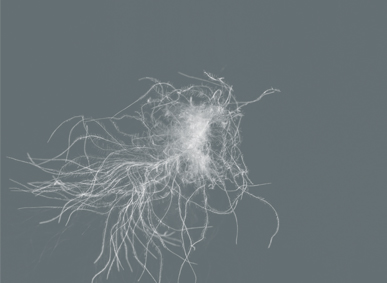
the best insulation is still air
What makes down such an efficient insulator is its structure. The down cluster has thousands of filaments spreading from its central point which lock to provide a layer of trapped air that, when in bedding or garment, work to keep warm air in and cold air out - all with an extremely low weight.
what makes down so unique?
Down is a completely unique part of the bird separate from the feathers. It grows on the belly of waterfowl as an insulation under a layer of larger feathers. Each bird will only contain approximately 20 - 40 grams of down. The down itself is Keratin, a protein very similar to our hair. With its unique structure and the fat and oil from the protein, it's able to compress to an extremely small size and bounce back quickly.
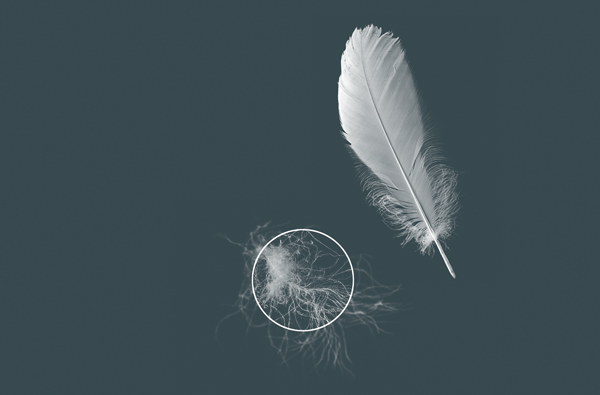
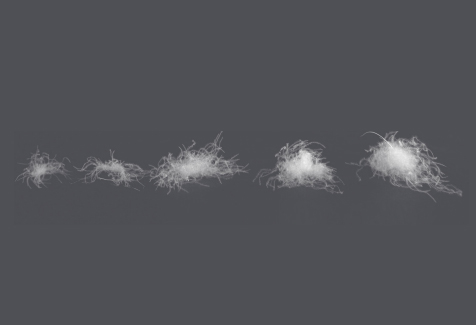
size matters!
Larger down clusters have a higher number of longer tendrils able to trap a greater amount of air. The more air trapped, the greater the warmth-to-weight ratio will be. This is what gives down its unique "loft." Measuring this loft is done through Fill Power, which is a unit of measurement (Cubic inches / 30 g of down to be exact) that quantifies the volume of air that the clusters have the ability to trap. The larger and stronger the cluster, the more air it will be able to trap resulting in a higher fill power number.
The size of the down cluster is dependent upon several different factors— species, region, and whether it comes from an industrial or collector based supply chain.
Species
One of the fundamental quality indicators of down is the species it's sourced from, as this has a large impact on the size of the down clusters.
Generally speaking, ducks are smaller than geese and tend to be consumed at a much younger age. This means smaller birds with smaller and less mature down. In recent years however, ALLIED has uncovered supply chains allowing for higher fill power duck down, but in most cases the highest fill powers will come from Geese.
Geese provide the higher fill powers because they are larger and tend to live to a more mature age before consumption and down collection. These larger and older birds produce a significantly more complex, larger, and stronger down cluster.
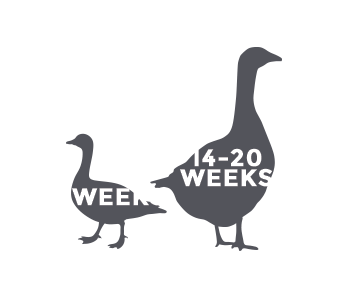
Region
The quality of the raw material is a combination of specie, age, and climate; and region plays a large role in determining this. While down is sourced throughout most of Europe and Asia, we choose to source from countries and regions that generally have the coldest climates. When birds are raised in colder climates, their down tends to grow larger to create greater warmth for the bird.
Europeans also tend to consume the birds at a more mature age allowing for larger and more complex down than the Chinese counterpart. However, with our supply chain in China, we are still able to provide a premium, ultra-warm down that has many of the same characteristics of European material.
Much of the marketing of European down as being superior to Chinese down is based on an antiquated supply chain where only high fill powers could come from Europe for the above reasons. Now, with recent development in sourcing, down quality is not necessarily tied so closely to a particular region.